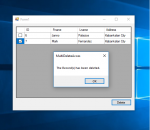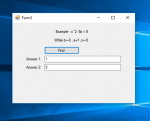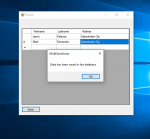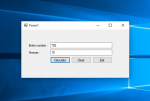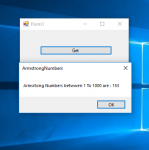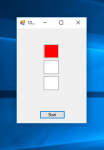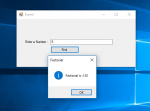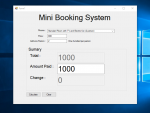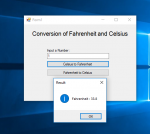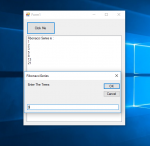How to Delete Multiple Data Using VB.Net and MS Access Database
In this tutorial, I will teach you how to delete multiple data using vb.net and MS Access database. This method will give you convenience in deleting data and you can select what data to be deleted by using a checkbox. This will surely help you especially if you have multiple data to delete. Follow the procedure below to see how it works.
- Read more about How to Delete Multiple Data Using VB.Net and MS Access Database
- 1 comment
- Log in or register to post comments
- 1565 views

